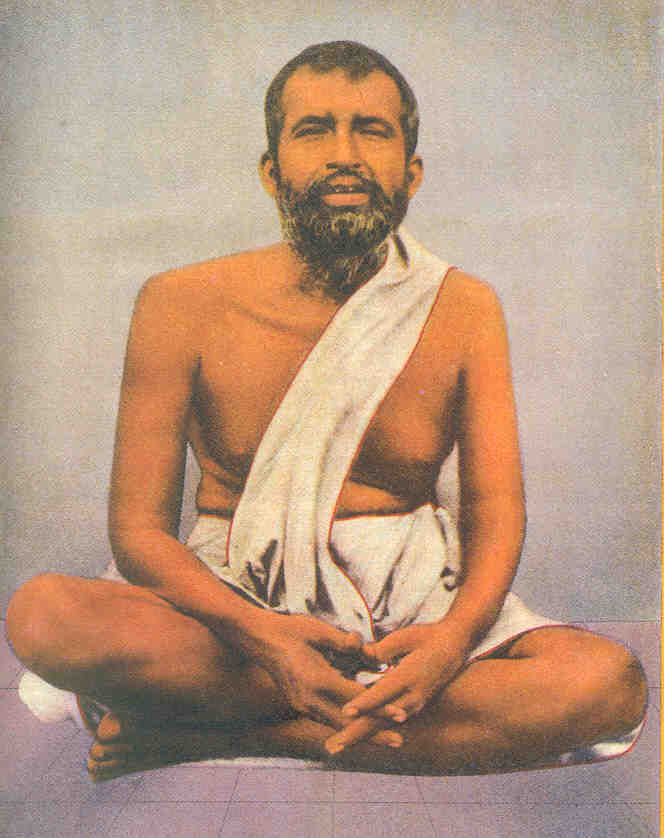MESSAGE TO STUDENTS : 10. - Sri Swami Chidananda.
--------------------------------------------------------------------------------------------------------------------------
#OPINION : Sunday, February 21, 2021. 07:42. AM. 2325.
--------------------------------------------------------------------------------------------------------------------------
MESSAGE TO STUDENTS - 10. THE FOUR STAGES :
-----------------------------------------------------------------
MESSAGE TO STUDENTS - Sri Swami Chidananda.
(Lecture delivered by Sri Swami Chidanandaji Maharaj at the 1st Zonal Orissa Divine Life Conference at Khurda Road on 1st December 1974)
Dear Parents, Children, and Teachers,
MESSAGE TO STUDENTS-5.
10. THE FOUR STAGWS.
-----------------------------------------------------------------
Ref : "To Children and Youth of Bharatham who are misguided by some evil forces, in the name of student wings sponsored by dirty political parties like Congress, Communists, and all regional criminal politics etc., ... eliminate these demons and purify this Holy Nation to maintain Sanatana Dharma here." ##Teaching of Subjects :- 1. Sanskrit, Scriptures, 2. Great Rishi-s, Acharyas, and great Guru-s of this Nation; 3. To bring back lost glory of this Nation, before this generation; 4. To create enthusiasm on the self-respect of this country, 5. More important to develop character in children and citizens. Read and follow : What Swami Chidananda. is explaining to us : Let us be spiritually awakened human beings first."
---------------------------------------------------
10. THE FOUR STAGES :
What has your ancient culture to tell about youth and student life? Your ancient culture has divided man’s life into four stages and given them the name ‘Ashrama’.
Four Ashramas—what is this Ashrama Dharma? In each stage there are certain ideals and principles laid down, and that is the Dharma of that particular Ashrama. The fourth—the last Ashrama is Sannyasa Ashrama. At the end of life, the individual should take Sannyasa. The third Ashrama is Vana prastha Ashrama. After having fulfilled the duties of the second Ashrama, one must retire and turn the attention to higher things.
The second Ashrama is Grihastha Ashrama, the stage of the householder. It means marriage, having a wife, children, doing Udyoga, professional duties, social duties, dom estic duties to his own Parivar—his mother and father and relatives. The second Ashrama is Grihastha Ashrama. What is the first? It is the Ashrama in which you are living. It is called Brahmacharya Ashrama.
What is Brahmacharya? Brahmacharya has got two meanings. The real meaning is that Charya or that conduct of life which ultimately leads you to Brahma Jnana (knowledge of Brahman) or Brahma-Sakshatkar. That is Brahmacharya. The pattern of living or the way of living and acting will bestow upon you Brahma Jnana, Brahma-Sakshatkar. Secondly Brahmancharya means a life of self-control, control of all the senses, all impure desires, control of anger and passion. It means self control. This is Brahmacharya. It means not merely remaining unmarried. That is not the proper definition. It means the first stage of life that is youth.
In those days they regarded human life as being hundred years in span. But who lives for hundred years now-a-days? The life span has become shortened. In these first 25 years one must lead the student’s life. By the time the engineering students, medical students, law students finish their degree, they are 23, 24 and therefore Brahmacharya Ashrama means till age 24. You can regard Grihastha Ashrama from 24 to
45 and Vanaprastha from 45 to 60. After 60 one must take Sannyasa. Now we are not concerned with the second, third and fourth Ashramas, but with Brahmacharya Ashrama, the most important stage, because upon this depend the three other Ashramas. If the Brahmacharya Ashrama is properly lived he will become an ideal Grihasthi he will become an ideal Vanaprasthi, and he will ecome an ideal Sannyasi. If in the Brahmacharya Ashrama you don’t live properly, if you have no character, no conduct—then what happens? You cannot become an ideal householder. Your children will be unhealthy. If you have no self-control and your actions are not based upon virtue, your life will be full of wrong deeds, and in Vanaprastha Ashrama you will become a miserable person, and your whole life will become a failure.
To be continued .......
------------------------------------------------------------------------------------------------------------------------
NOTE :
### Role of parents and teachers in a child's life :
1.School, teachers and parents play vital role in holistic and the teacher is the second. Both have an immense contribution and responsibility in shaping child’s personality.
2.Role of parents : Parents are the child’s first role model. Children behave, react and imitate same as their parents. Parents play important role in encouraging and motivating their kids to learn. Good parental support helps child to be positive, healthy and good life long learner. Children acquire skills at the parent and teacher is a real secret of child’s happy learn very early stage of their life if the parents are responsive and development of the child. Parents are the first mentor of the child understanding.
3.Teacher-Parent Relationship :Trust and mutual understanding between ing. Support and Cooperativeness from parents towards teacher helps a lot to connect, understand and work towards child. Remarkable positive change is seen in a child if the parents and teacher understand and work hand in hand. A good parent teacher relationship leads child to be positive towards attending school.
========================================================================
JAI BHARATHAM
VANDHE MATHARAM
BHARAT MATHA KI JAI.
=========================================================================





.jpg)

Comments
Post a Comment